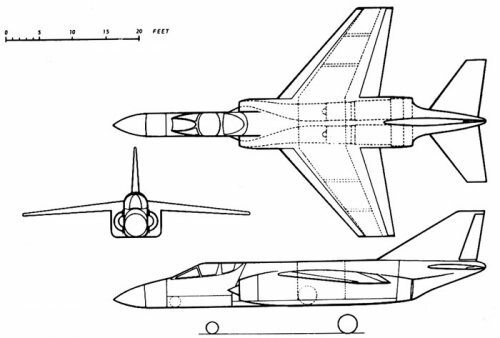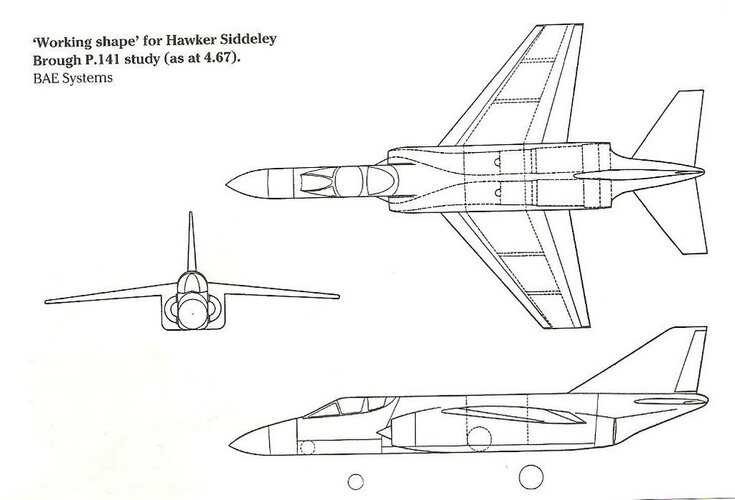- Joined
- 27 September 2006
- Messages
- 6,074
- Reaction score
- 6,188
The subject which perhaps has been kicked around on this website more than any other is whether the UK could have designed and built a two seater fighter-bomber in the 1960s to replace RAF Lightnings and RN Sea Vixens and replace RAF Hunters (The RN already had Buccaneer).
The Hawker P1154 was the only attempt at doing this that came anywhere close to being built (and then only for the limited RAF Hunter replacement role).
Unfortunately for UK industry the F4 Phantom was.available. After the usual political chaos, F4s replaced some of the RAF and RN types mentioned. But it also took Jaguar and Tornado as well as P1127RAF and Sea Harrier.
Hawker Siddeley and British Aircraft Corporation plus Rolls Royce/Bristol S. had the technical ability to design and build a British Phantom.
What was lacking in no particular order was:
Money
Air and Admiralty Staff competence
Political decision making
Industrial and Business Management
Would the British Phantom have looked similar to the US one (HS Brough) or been a vstol/vg/incidence wing 60s wonder?
That is my summary over to you?
The Hawker P1154 was the only attempt at doing this that came anywhere close to being built (and then only for the limited RAF Hunter replacement role).
Unfortunately for UK industry the F4 Phantom was.available. After the usual political chaos, F4s replaced some of the RAF and RN types mentioned. But it also took Jaguar and Tornado as well as P1127RAF and Sea Harrier.
Hawker Siddeley and British Aircraft Corporation plus Rolls Royce/Bristol S. had the technical ability to design and build a British Phantom.
What was lacking in no particular order was:
Money
Air and Admiralty Staff competence
Political decision making
Industrial and Business Management
Would the British Phantom have looked similar to the US one (HS Brough) or been a vstol/vg/incidence wing 60s wonder?
That is my summary over to you?


